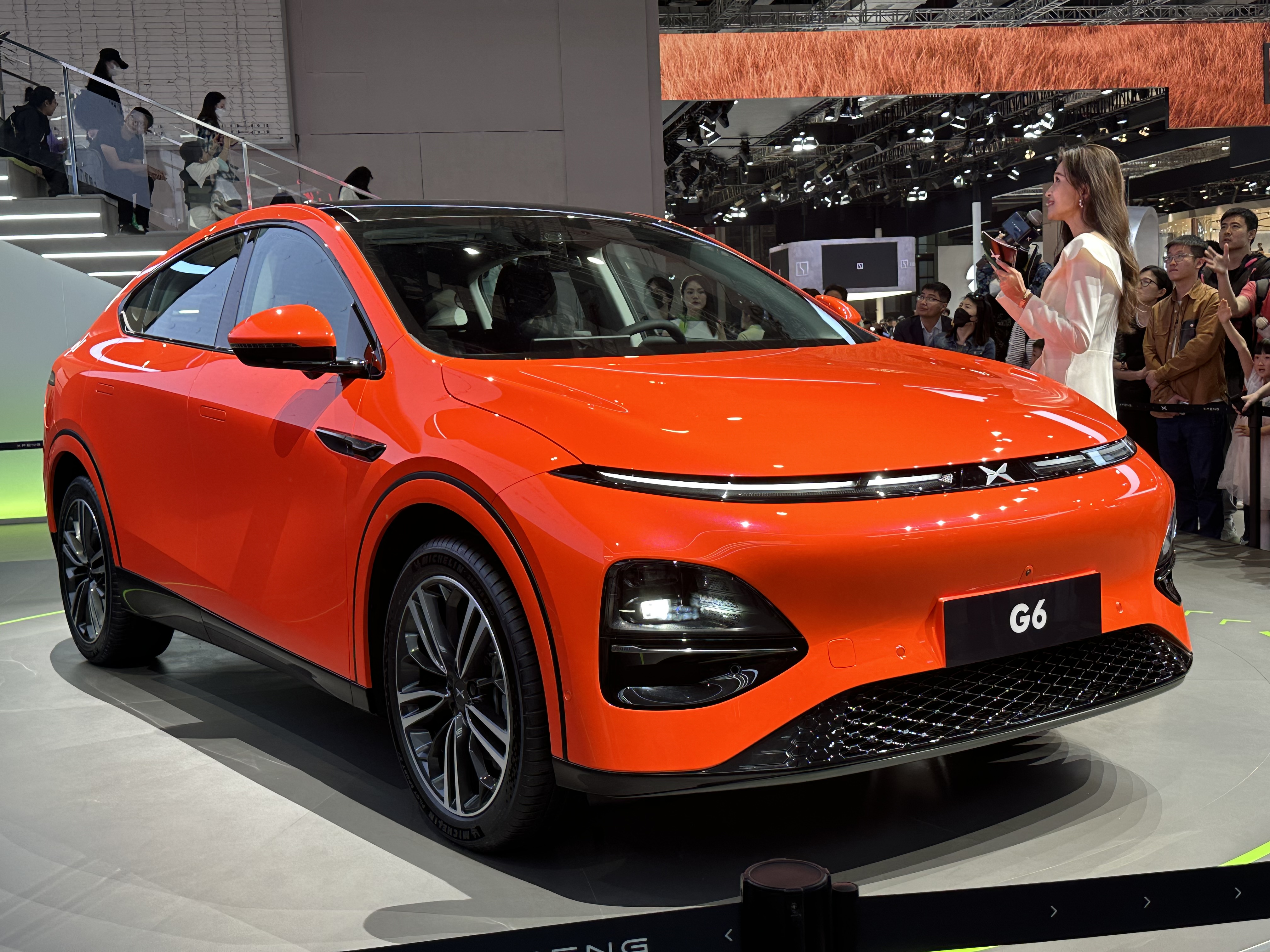The pandemic has significantly reshaped the automotive market, leading to skyrocketing used car prices, particularly for the beloved Ford F-150, which now costs an astonishing 30% more than it did just three years ago. This surge in pricing is part of a broader trend affecting many of America’s most popular vehicles, prompting consumers to rethink their financial plans and what they can afford. Since 2019, the average price of used cars, including models like the F-150, has surged, making it essential for buyers to reconsider their budgets and expectations.

1. **Ford F-150 Price Evolution**: The Ford F-150 has seen a dramatic increase in its average list price from $26,752 in 2020 to $34,692 in 2023. This 29.7% increase over three years highlights the vehicle’s rising demand and the pandemic’s fallout on its affordability.

2. **Market for Used Vehicles**: The demand for used vehicles has skyrocketed during the pandemic due to supply chain disruptions and production halts, which made new cars harder to come by. As a result, more consumers turned to the used market, driving prices up across the board.
3. **Mileage Concerns**: Not only are used cars more expensive, but they also tend to have higher mileage compared to three years ago. Buyers need to be mindful of the increased wear and tear when purchasing these vehicles, as many used cars now boast mileage that exceeds 20% more than pre-pandemic figures.

As prices continue to rise, the competition among prospective buyers has intensified, resulting in bidding wars in numerous markets that further elevate prices. To snag a good deal, consumers must be quick and decisive, acting faster than ever in this competitive landscape.

For those considering selling their used vehicles, the current market conditions can actually work in their favor, as many models, like the Ford F-150, are retaining a resale value significantly higher than pre-pandemic levels. This creates a prime opportunity for sellers to capitalize on the market and maximize their returns.
However, the increased prices of vehicles also mean higher financing costs, which could be a deterrent for some buyers. It’s crucial for potential car owners to thoroughly evaluate their financing options and be conscious of the likelihood of increased monthly payments.
The rise in used car prices, particularly for popular models like the Ford F-150, can be attributed to a combination of supply chain issues, increased demand, and higher mileage. In a world forever changed by the pandemic, consumers must navigate this challenging landscape with caution and informed decision-making. Understanding these factors can empower buyers to make better choices in this ever-evolving market.
The implications of the pandemic on the automotive market cannot be understated. Consumers are faced with the reality that buying a used car today involves not just higher prices but also increased competition and a limited selection of low-mileage options. The landscape has transformed, and with that transformation comes the need for strategic planning and informed choices. Whether you’re looking to buy or sell, staying informed about these trends will help you navigate the challenges and opportunities presented by the current automotive market.
7. **Economic Factors**: The economic climate has played a significant role in shaping the automotive market. Inflationary pressures have affected everything from production costs to consumer purchasing power. This means that not only are used cars more expensive, but consumers also find their budgets stretched thinner. As prices rise, consumers are forced to reassess their financial capabilities, leading to a shift in purchasing patterns.

The pandemic has exposed significant vulnerabilities in supply chains, particularly within the automotive sector, as shortages in parts and materials, alongside factory shutdowns, have disrupted the production of new vehicles. Consequently, this scarcity of new cars has pushed many consumers toward the used car market, thereby driving both demand and prices even higher.
9. **Higher Demand for SUVs and Trucks**: There has been a notable increase in the popularity of larger vehicles, particularly SUVs and trucks, in recent years. The Ford F-150, for example, remains an emblem of this trend. Consumers prefer these vehicles for their versatility and perceived safety, further driving up their costs in the used market.

Additionally, the pandemic has shifted consumer preferences significantly; many buyers now prioritize essential features like safety, advanced technology, and fuel efficiency. Consequently, vehicles that excel in these areas command a premium in the used market, while older models lacking these attributes may find it challenging to sell.
11. **Impact of Trade Policies**: Trade policies have also influenced the availability and pricing of used cars. Tariffs on imported goods can lead to higher prices for new vehicles, which consequently pushes more buyers into the used market. As new cars become more expensive to obtain, consumers look for alternatives, further driving the prices of used models.

12. **Widespread Adoption of Technology**: Modern vehicles are increasingly equipped with advanced technologies that appeal to consumers. Features such as infotainment systems, driver assistance technologies, and fuel-efficient engines make certain used models more desirable and, therefore, more expensive. This technological arms race creates a divide in pricing between older and newer used models.

Navigating the used car market can feel daunting given the soaring prices and fierce competition for in-demand models. However, understanding these factors equips consumers with valuable insights for making informed decisions. Whether you’re in the market to buy or sell, comprehending the dynamics at play allows you to strategize effectively and maximize your investment. With the automotive industry constantly evolving, staying updated on these trends will ultimately lead to more favorable outcomes in any vehicle transaction.
Related posts:
A used F-150 costs 30% more than it did 3 years ago. See how the pandemic made America’s most popular cars less affordable.
A used F-150 costs 30% more than it did 3 years ago. See how the pandemic made America’s most popular cars less affordable.
Tesla Model Y Now Just a Hair from #1 Bestselling Model in the US, Toyota RAV4. Former #1 Ford F-150 is #3. Stellantis Plunges off Greed Cliff. EV Share Rises to 9.0%













